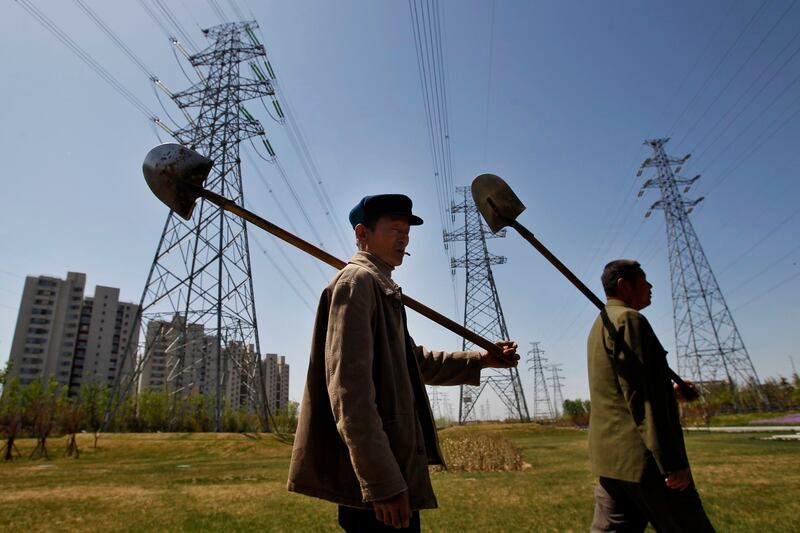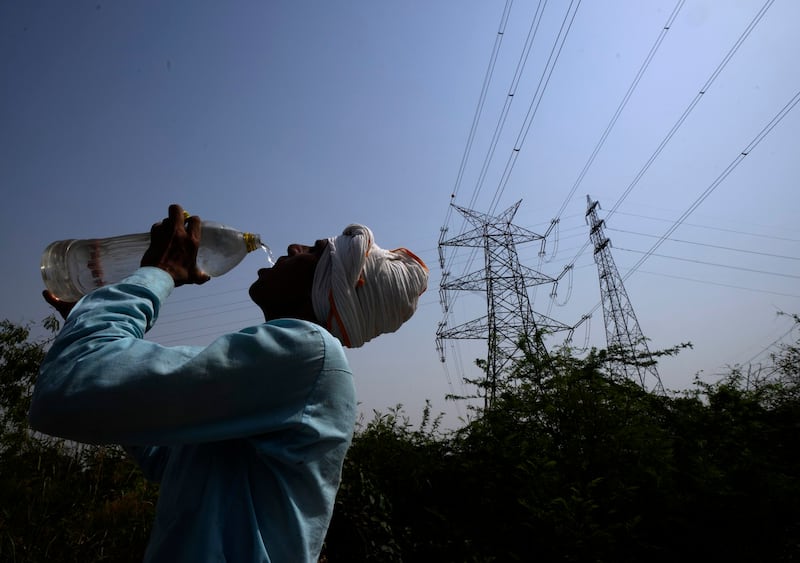Growth in global demand for electricity is expected to slow down in 2023 due to falling electricity consumption in advanced economies, but strong growth is continuing in emerging economies like China and India, a Paris-based energy watchdog said Wednesday.
The International Energy Agency said in its latest Electricity Market reportthat demand is set to drop to the lowest level in 20 years in the European Union. It will also slow down in the United States and Japan, largely due to the global energy crisis and economic slowdown.
But the underlying trend in the years ahead is for rising global demand for electricity, driven by the electrification of energy systems because of efforts to decrease global emissions. Also, with rising temperatures, there’s a surge in adoption of air conditioning, further straining world power systems.
Despite China’s post-pandemic economic recovery falling short of expectations, electricity demand is expected to receive an additional boost due to rising cooling requirements during the summer of 2023.
China experienced a modest 3.7% rise in electricity demand in 2022 that will rise to 5.3% in 2023, according to the IEA.
Meanwhile India had a 8.4% surge in electricity demand in 2022 due to a robust post-pandemic recovery and intense heat waves. Growth is projected at 6.8% in 2023 and 6.1% in 2024, when India’s electricity consumption is expected to surpass that of Japan and South Korea combined.
“The world’s need for electricity is set to grow strongly in the years to come,” Keisuke Sadamori, the IEA’s director for energy markets and security, said in a statement, adding that the agency was encouraged by increasing use of renewables and declines in the use of fossil fuels for power generation.
The IEA said renewable energy’s contribution to global electricity generation will surpass one-third by next year, and 2024 might be the first year when renewables outpace coal in worldwide electricity generation.
Decrease in Chinese hydropower
China is leading the world in hydropower, accounting for 30% of the world’s output in 2022. But the country suffered from droughts in 2022 and 2023, which decreased hydropower output by 23% in the first half of 2023.
That meant more coal-fired generation to fill the gap, estimated to have increased by almost 8% in the first half of 2023 amid significant growth in demand.
The IEA said coal-fired output will likely increase by 4.5% over the rest of the year and then stay roughly flat in 2024, as strong growth in renewables and nuclear power help tackle reliance on coal.

Wind generation grew by about 20% in the first half of this year, supported by installed capacities and favorable weather growth.
According to the China Electricity Council, peak electricity demand for China is projected to reach 1,370 Gigawatts in 2023, an 80 GW increase compared to 2022, with the maximum power load expected to rise by an additional 20 GW in the event of extreme weather.
India facing electricity deficits in some regions
The IEA said rising electricity demand in India is driven by usage of household appliances, a growing reliance on electrical machinery, increasing adoption of electric vehicles, and the expansion of cooling systems.
In March, India’s Central Electricity Authority said that certain sub-regions might face power supply deficits ranging from 4% to 11.3% of their respective peak demand, which could be balanced to some extent since the regions are expected to experience this at different times.
India is anticipated to possess a slim 0.7% surplus to fulfill peak electricity demand, which is estimated to be around 230 GW. This indicates a precarious supply situation. Notably, in June 2023, there was already a peak demand of 223 GW, driven by escalating temperatures.

Though India installed robust solar generation capacity, it is not enough for evening peaks when the sun is not shining, but temperatures remain high.
The IEA said India recorded a 3.8% increase in coal-fired generation in the first half of 2023 due to strong demand growth and reduced hydropower output, which decreased by 8%. Coal is likely to continue increasing until 2024.
With heat waves expected to cause surges in peak demand due to increased cooling, the government ordered coal plants to run at full capacity from mid-March until the end of September to increase the security of supply.
Edited by Mike Firn.
